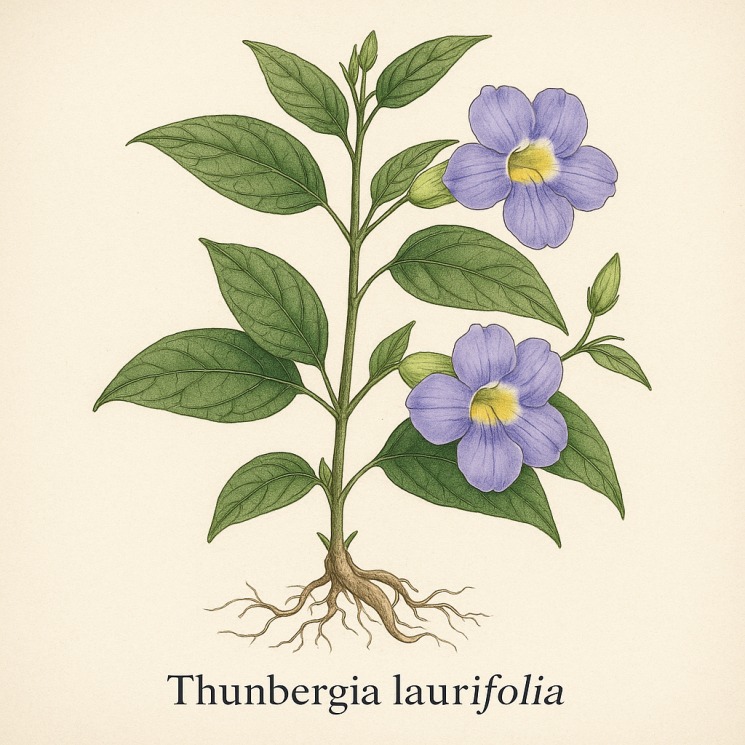Тунбергия лавролистная - Thunbergia laurifolia
CONSULTATION WITH A SPECIALIST
We recommend installing the IMO messenger for quick contact.
It is not blocked for now — DOWNLOAD IMO
Place an order via messengers:
It is not blocked for now — DOWNLOAD IMO
Place an order via messengers:
Specifications
| Product type | Powder, Extract |
| Weight | 100 g |
| Made by | Asiabiopharm Co Ltd |
| Country of origin | Thailand |
Reviews


Еще очень хочется написать о Юленьке. Через нее я делала все заказы. Я благодарна Юле за ее терпение, за ее доброту.Первые заказы я все путала, не понимала как это делать, а Юля была постоянно со мной на связи.Звонила все разжевывала вместе со мной радовалась за мои результаты.
Благодарю еще раз Владимра и Юленьку! И пусть Вам воздастся за ваши деяния. ❤️